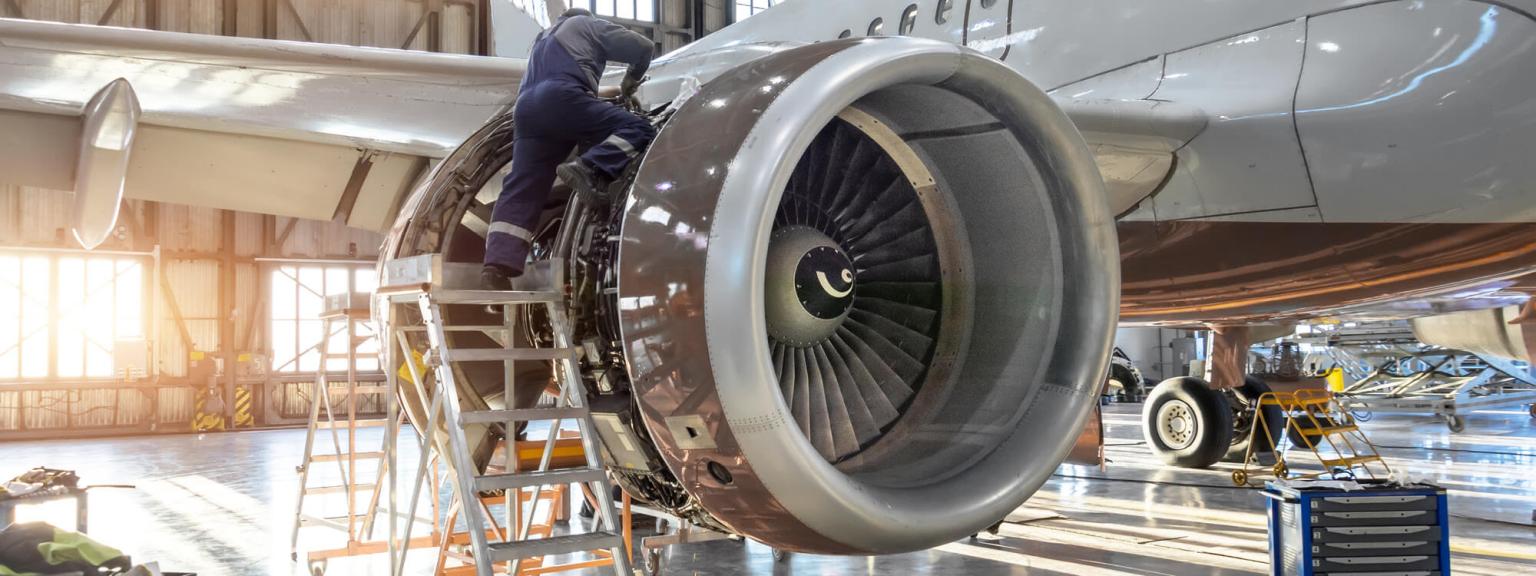
A proud history of engineering innovation
From the design and manufacture of single components, to the assembly of a complete product, engineers touch everything that exists in the world. Their innovations filter into unlimited avenues and influence everything we see, hear and touch. That is why Matchtech is proud to support such an influential industry.
As part of our partnership with The Engineer, which turns 160 this year, we have looked back at some of the key achievements that have been made within the profession over that time.
Driving ambitions
Today, people, particularly in the developed Western world, think nothing of hopping in the car to get to work or jetting off on a plane for a long weekend abroad; but this is only possible as a result of the innovations and developments engineers have made over the past 100 years. American Henry Ford is credited as the man who brought cars to the masses in the 1920s. Whilst previous motor car models had been created before this time, Ford’s mass production techniques made cars more affordable as he was able to increase productivity, make more cars and sell them for less money. In 1913 there were 606,124 motor vehicles in the world. Now, it is estimated that there are 1.2 billion and this figure could more than double to 2.5 billion by 2050.
Since then, engineers have developed the safety, fuel efficiency, power and technological capabilities of cars. The creation of headlights, seatbelts, wing mirrors and air bags amongst many other features have contributed to significantly improved levels of safety whilst clean diesel and direct injection methods have increased the power and fuel-efficiency of cars. Today, the automotive industry is focusing on the concept of the connected car and the development of autonomous vehicles which can effectively drive themselves. As for the future, BMW anticipates that “the next 10 years are probably going to involve more change and more dynamics than we have seen in the last 100.”
Air travel takes off
In the aerospace industry, the past 160 years has seen people successfully travel into space to conduct scientific research, the launch of satellites to aid navigation and the take-off of the jumbo jet which continues to dominate the airline world. Today, the global demand for new aircraft is at record levels with 27,000 passenger aircraft and 40,000 commercial helicopters predicted to be needed by 2032. On top of this, existing aircraft are being re-engineered and upgraded to be faster, quieter and more fuel-efficient in response to a more environmentally-aware world. Airbus foretells that the industry will be disrupted by more technological advancements, which could see concepts of “using body heat for power, luggage floating on a bed of air and aircraft running on methane gas” become a reality.
Powering the world
As the world has become more environmentally-aware, investment in renewable sources of energy has increased. As well as the huge infrastructure and power developments made during the Industrial Revolution, the era also brought with it the unwanted by-products of air and noise pollution. This new-found pollution combined with the realisation that our natural resources were depleting led to the birth of the renewable energy industry, which now supports more than 7.5 million jobs worldwide. With estimations that renewable energy sources will account for 26% of the world’s energy supply in 2020, the future of the renewables industry looks strong.
Defence materials and methods
Another exemplary industry which engineering has revolutionised is defence. In relation to naval defence, 160 years ago shipbuilders were beginning to experiment with iron and later steam, and captains relied on charting and celestial navigation to find their way. Now, the Royal Navy is using unmanned boats which are fitted with a complex array of sensors, a navigation radar, 360 degree panoramic infrared camera and laser range finder to support missions with remote surveillance.
Industry 4.0
Many people have said we are now experiencing a fourth industrial revolution as developments in technologies fuse connections between the physical, digital and biological worlds. These technological advancements have caused the gap between traditional engineering skills and IT skills to decrease and within the industry, employers are increasingly seeking engineers with skill sets in technology to design, implement and manage application systems, amongst other tasks within the evolving telematics and connectivity space.
Whilst the last 160 years of engineering has been impressive to say the least, future years are likely to be just as significant, with the advent of driverless vehicles, further space discovery and tourism and possibly even the manufacture of 3-D printed houses, ready to buy ‘off-the-shelf’. If the industry continues to dream big and invest in innovation, there is no limit to what engineering can achieve in the future.
If you believe a particular innovation or engineer stands out from the past 160 years, please let us know by completing our short commemorative survey, which is running throughout September.
STEM insights
Sector insights
- Engineering insights
- Aerospace insights
- Automotive insights
- Maritime insights
- Infrastructure insights
- Highways insights
- Rail insights
- Building Services insights
- Water & Environment insights
- Energy insights
- Renewables insights
- Oil & Gas insights
- Power & Nuclear insights
- Engineering Technology insights
- Telecoms insights
- Technology insights
- AI & Robotics insights
- Cloud insights
- Cyber Security insights
- ERP insights
- Development insights
- Project Management insights